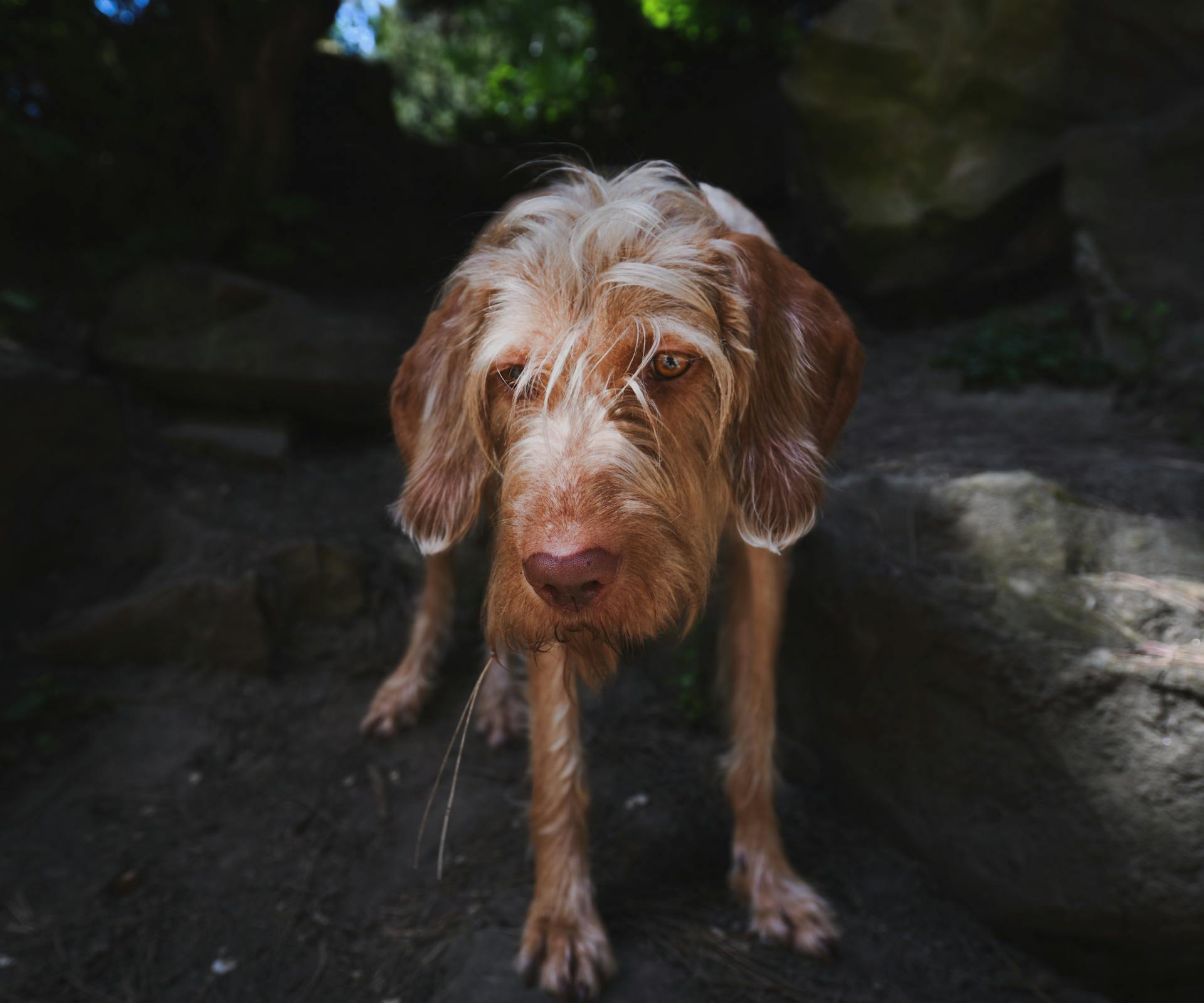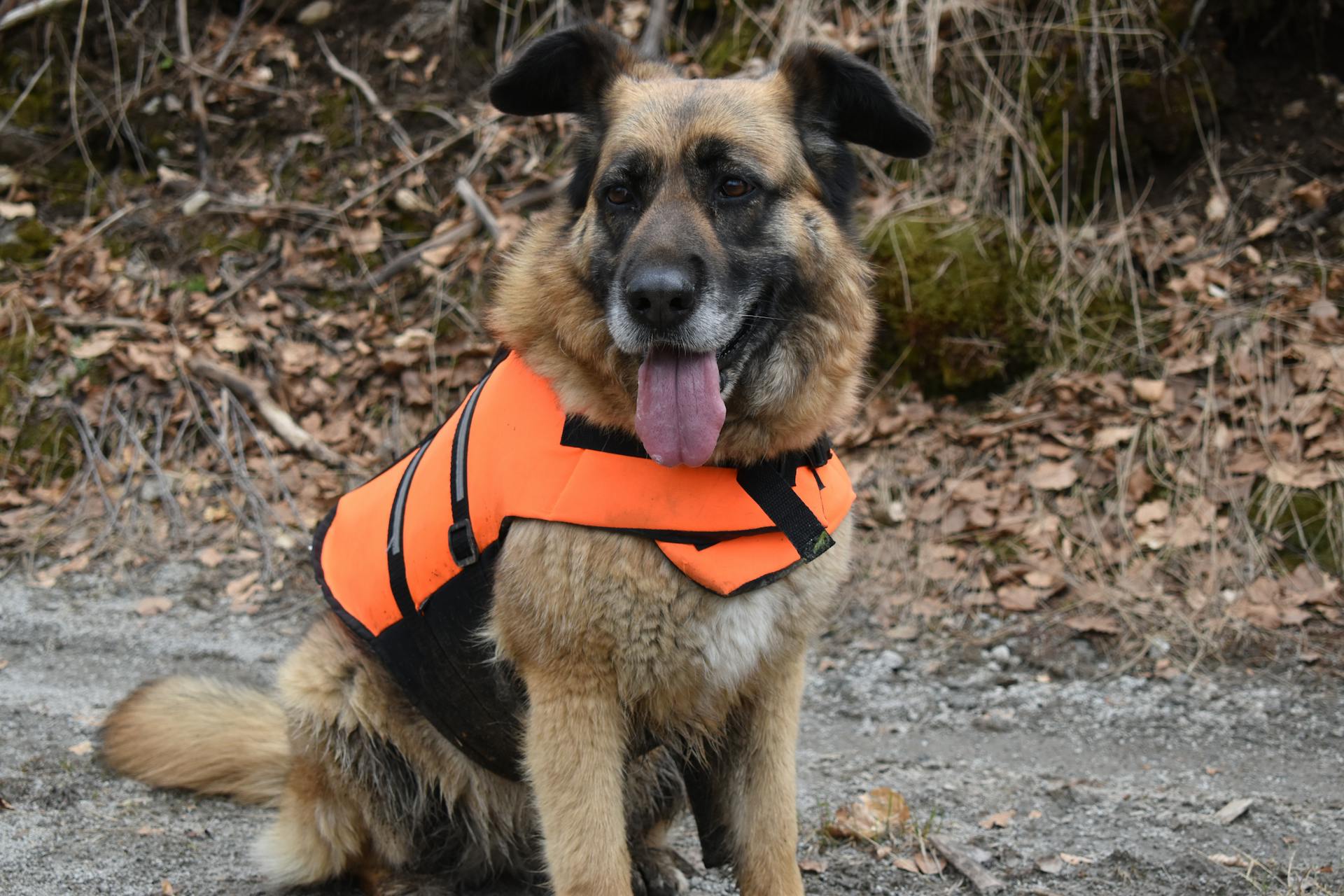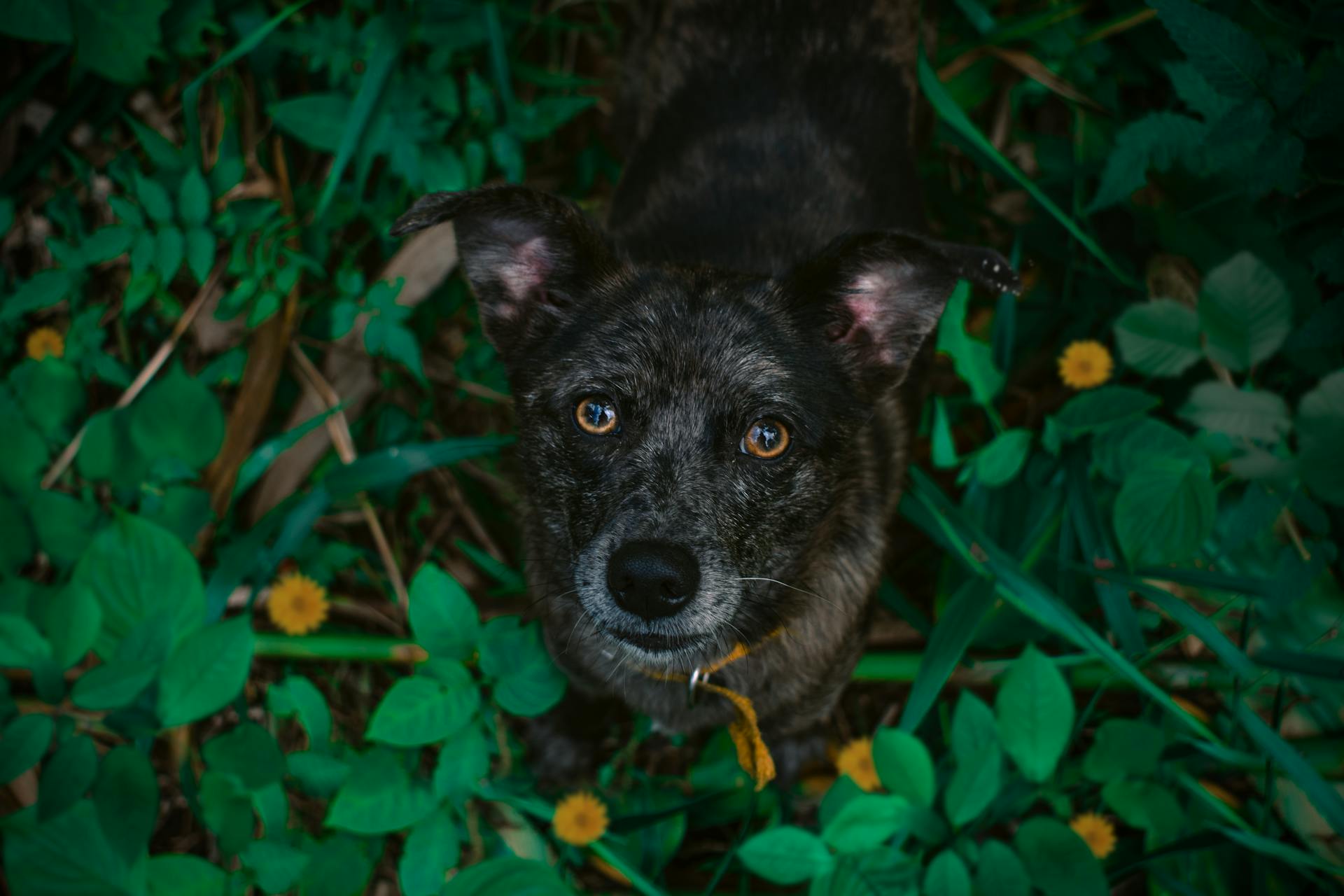
The Hungarian Vizsla has a rich history that spans over 1,000 years, dating back to the Magyar tribes who settled in the Carpathian Basin in the 10th century.
These tribes were skilled hunters and needed a versatile dog that could keep up with their active lifestyle. The original Vizsla was bred to be a multi-purpose hunting dog, capable of flushing out game and retrieving it.
The name "Vizsla" is derived from the Hungarian word "vizsla", meaning "seeker" or "tracker", which reflects the breed's primary function.
The Vizsla's early history is closely tied to the Hungarian nobility, who prized the breed for its intelligence, athleticism, and loyalty.
History of the Vizsla Breed
The Vizsla breed has a rich history that dates back to the Magyars, Asian nomads who swept into Europe after the Roman Empire disintegrated and established a home base in Hungary. They bred dogs with great speed, endurance, and maneuverability, traits that would serve them well in their fierce cavalry charges.
The Magyars were a proud people who strove to acquire the trappings of nobility, and a nobleman's elegant dog was a status symbol. They bred dogs that were not only functional but also elegant, and this elegance has remained a defining characteristic of the breed to this day.
The Vizsla was developed to be a versatile breed, capable of adapting easily to various tasks. In fact, the breed historian Marion Coffman recites the dictionary definition of versatile: "Capable of adapting easily from one to another of various tasks", and notes that the Vizsla fits that description.
The breed's versatility was likely influenced by its original use as a falconer's dog. The Vizsla's ancestors were used to hunt small game, and their speed and agility made them well-suited for this task.
In the 1960s, the Vizsla was admitted into the American Kennel Club, where it was classified as a sporting breed. This classification reflects the breed's original purpose as a hunting dog.
Explore further: English Bulldog Original Look
Working and Purpose
The Vizsla breed has a rich history as a working dog, bred to be active hunting companions since the beginning of their lifetime. They were specifically bred by the Magyar's to hunt various game such as pheasants, geese, and ducks, rabbits, deer, and boar.
Their intelligence, quick learning, strength, and high energy levels made them a valuable asset in the field. Consistent training from an early age is crucial to unlock their full potential, as without it, they can become harder to work with.
The Vizsla's keen senses and strong work ethic also made them a popular choice for dog sporting events. They have proven worthy in these events due to their ability to please and perform.
Their friendly appearance and drive to work have also made them a sought-after breed for American airport security services. People often feel more at ease when encountering a friendly-looking dog like the Vizsla.
The Vizsla's origins date back to Hungary, where they were bred from Magyar warrior dogs for speed. They were even used as falconers, showcasing their versatility and agility.
A fresh viewpoint: Vizla Dog Breed
Vizsla Recognized by American Kennel Club
In 1960, the Vizsla joined the American Kennel Club. They were classified as part of the sporting group, which includes breeds like Spaniels, Pointers, Retrievers, and Setters.
The Vizsla's inclusion in this group makes sense, given their origins as a hunting breed.
Historical Events
The Hungarian Vizsla has a rich history that dates back to the 10th century. The breed originated in the Magyar people's homeland in Central Europe.
In the 16th century, the Vizsla was a favorite hunting companion of Hungarian nobility and was often taken on hunting trips. They were highly valued for their exceptional tracking and retrieving skills.
The breed's popularity declined in the 19th century due to the introduction of other breeds, but it experienced a resurgence in the early 20th century with the establishment of the Hungarian Vizsla Club.
Under the Iron Curtain
After World War II, the Allies divided Europe into spheres of democratic and communist influence, leading to the infamous "iron curtain" that isolated Soviet satellite states in central and eastern Europe.
Winston Churchill coined the phrase "iron curtain" to describe this grim isolation.
The Communist regime in Budapest was notoriously repressive, leading to widespread resistance from Hungarian patriots.
Hungarian patriots resisted in every way they knew, including wholesale revolt.
Some refugees found ways to steal across the border with their dogs to escape the repressive regime and find a better life.
There are many stories of valorous Hungarians attempting to flee with their beloved Vizslas, some of whom lost their lives in the effort.
A Vizsla named Sari was smuggled into Rome by her owner, who was a refugee, and later recuperated and was bred.
They Almost Went Extinct
The Vizsla breed had a close call with extinction, almost disappearing twice in history.
During the 1800s, the English and Shorthair Pointers surpassed the Vizsla's popularity, leading to a significant decline in their numbers.
The Vizsla's population sank to just a dozen remaining in the entire Austro-Hungarian Empire near the end of the 19th century.
The devastation of the two world wars further reduced the breed's numbers, but fortunately, the breeding stock is stable again today.
In 1950, Sari became the first Vizsla to set foot on American soil, marking a new beginning for the breed in the United States.
Frequently Asked Questions
What two breeds make a Vizsla?
The Vizsla is a cross between the ancient Transylvanian Hound and the Turkish yellow dog, with later influences from the German Shorthaired Pointer and Pointer. This unique ancestry has shaped the Vizsla's distinctive characteristics and abilities.
What does the word Vizsla mean in Hungarian?
The word "Vizsla" is derived from the Hungarian word "vizslás", meaning "to search" or "to track". This refers to the breed's original purpose as a hunting dog.
Sources
- https://www.vizsla.org.uk/all-about-the-vizsla/
- https://medium.com/@ivanlee_10091/hungarian-vizsla-breed-spotlight-35bac327c5c4
- https://www.akc.org/expert-advice/dog-breeds/vizsla-history-swift-hungarian-hunting-dog/
- https://www.dogster.com/dog-breeds/vizsla-facts
- https://toldin.com/resource/a-bit-of-vizsla-history-chapter-1/
Featured Images: pexels.com


